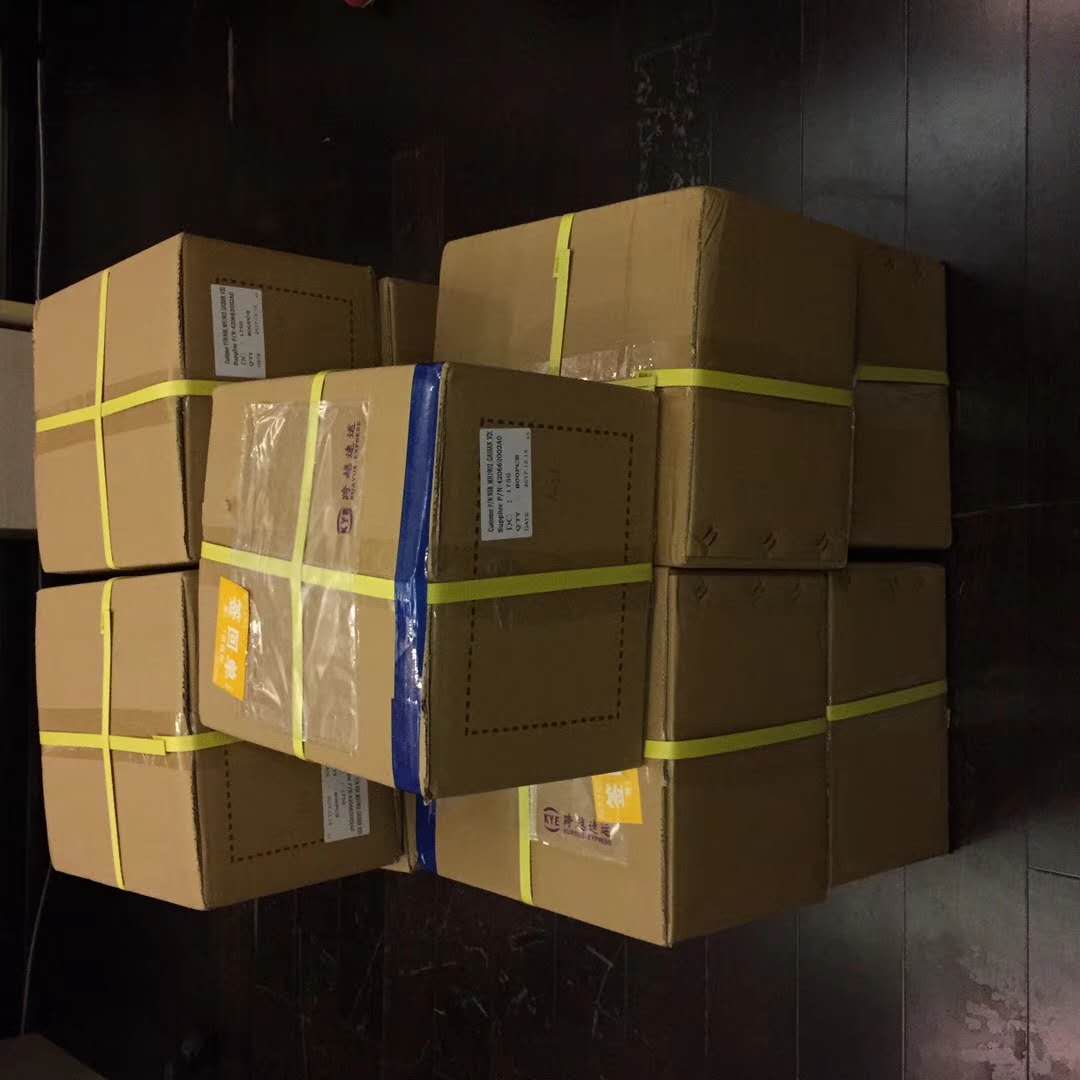In order to avoid Nichia 's blue LED plus fluorescent powder technology patents, various companies have invested in other LED technologies that can emit white light. The most anticipated technology is to use UV LEDs to achieve white light, but UV LEDs still have two difficulties that are difficult to overcome, such as light leakage and low brightness. In addition to continuing efforts to solve related problems, it is necessary to seek other materials or technologies to achieve LED technology that emits white light.
In 1987, two scholars with different nationalities and different locations, Eli Yablonovitch and Sajeev John theoretically found that the propagation state of electromagnetic waves in periodic dielectrics has a band structure, using two or more different refractions. The rate (or dielectric constant) material is periodically changed to achieve the photon energy band. Therefore, Photonic Crystal (PhotonicCrystal) has been discovered for nearly 20 years, and its application in various fields has a very impressive performance. It has always been a technology that developers are concerned about.
At present, the use of two-dimensional photonic crystals to achieve the technology of white LEDs has been gradually developed, making the future Photonic Crystal LEDs become the focus of attention and the expectation of getting rid of the Nichia patents.
1. Photonic crystal characteristics and structure
Photonic crystals appear in a periodic structure with different wavelengths, and photonic crystals of primary, secondary and cubic elements can be developed separately. Among these structures, the most famous one is the three-dimensional photonic crystal structure. However, the three-dimensional photonic crystal is very difficult to manufacture and commercialize. The reason is that the main research field is still the photonic crystals that are retained in the second element. Therefore, the photonic crystal LEDs developed by various industry players in the LED field today are also two-dimensional photonic crystals.
The general material construction is a fixed structure, so the material itself will have a certain refractive index. Wave Number and frequency have an effect on the refractive index of a general material. The horizontal axis is the wave number of the substance, the vertical axis is the frequency, and the oblique line represents the refractive index. The refractive index is a very proportional growth, which means that no matter what wave number or wavelength, its refractive index is constant. Then what kind of structure is the photonic crystal, and then from another angle. The characteristic of a photonic crystal is the periodic structure, which results in multiple reflections.
The ratio of the number of wavenumber vectors formed by the photonic crystal to the frequency ratio of the light, the curve of the frequency is not so simple, and the curve has become very complicated. This curve changes with the directionality of the light, that is, the anisotropy, and Its polarizing properties can be used to design different products. Photonic crystals have a well-known feature. I believe everyone knows that it has a light gap. In this area of ​​the optical energy gap, light does not exist. The curve here is also the same as the slope of Figure A, which is the opposite of the refractive index. As long as it is at this point, the slope is equal to zero. So outside of this point, the speed of light does not produce zero. So it can also be said that the photonic crystal can also control the speed of light.
To put it simply, the purpose of using photonic crystals is to condense into one sentence, which is to use artificial structures to control this optical property.
We define the delivery quantity that more than 3 square meters as medium size and small volume orders. define the 3-50 square meters orders as small volume orders and the 50-200 square meters orders as medium size orders.
In recent years, there has been increase in demand for low volume so as to obtain first preference for small volume Circuit Board manufacturing; hence we created unique capabilities for catering these services.
We are generally capable of manufacturing from one layer PCB to multilayer as per customer specific board types like FR4, High TG FR-4, Rogers. we are even capable of manufacturing Maximum Panel/Board size 19.7" X 31.5", PCB Thickness 8 mil to 240 mil, Minimum Track Width & spacing 3 mil, Controlled impedance, smallest drill Hole 6 mil, etc.

Medium Size And Small Volume PCB
Medium Size PCB,Small Volume PCB,Economical Medium Size PCB,Medium Size PCB Design
Orilind Limited Company , https://www.orilind.com